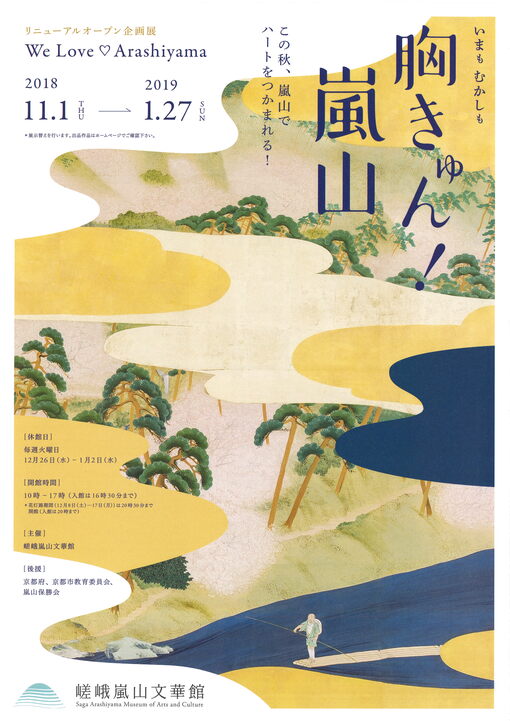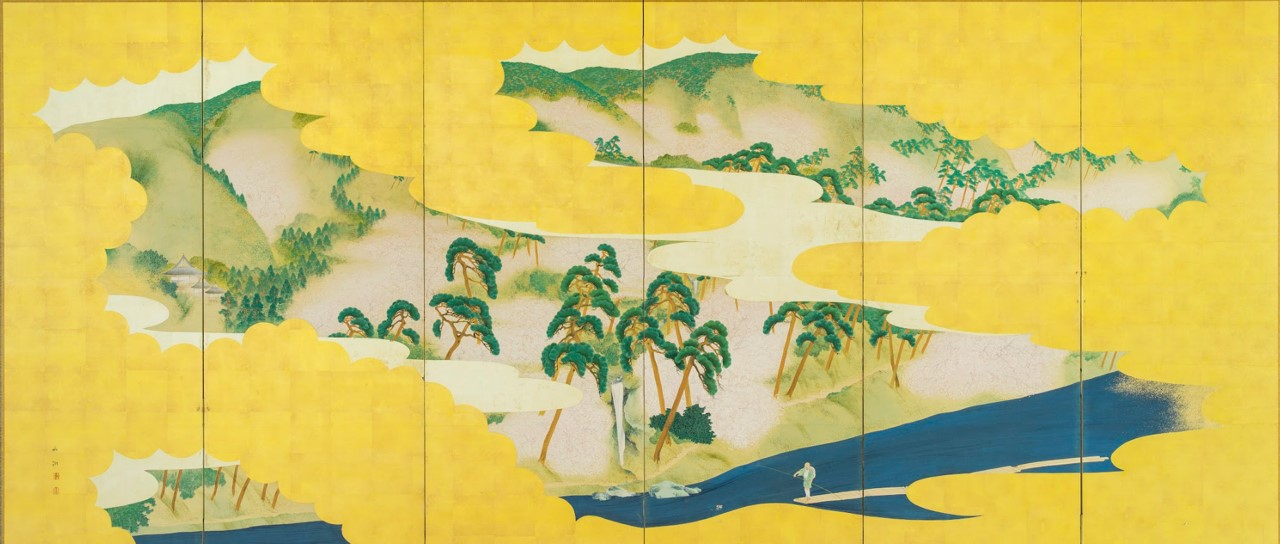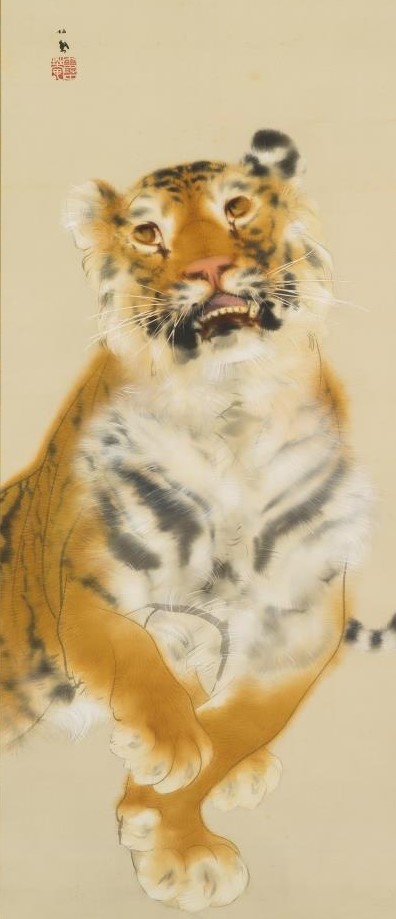2018年11月01日(木) - 2019年01月27日(日)
Saga Arashiyama Museum of Arts & Culture (SAMAC) is
pleased to present a special exhibition called "We
Love Arashiyama" featuring the paintings associated
with Arashiyama area that has been inspiring many
artists.

In the 8th century, Saga Arashiyama area was regarded
as the best place to visit in autumn and became
popular among emperors and court nobles who made many
Waka poems to admire its beauty. In the middle of
the 18th century, cherry blossoms started to be
planted in Mr. Arashi and it became a must see spot
in spring as well. It started to period, many artists
who belonged to the Kyoto Circle of Painters started
to live in Saga Arashiyama and made the most of its
beauty of the nature.
In this exhibition, we are honored to introduce
Japanese paintings from the 18 th to the 19 th century ,
such as "Autumn landscape of Takao and Spring
Landscape of Arashiyama" by Yano Yachō (1782-1828), which is shown first to the public, "Raftsman" by Yosa Buson (1716-1784), a famous Haiku poet, and "Fierce Tiger" by Takeuchi Seihō (1864-1942), who is one of the grea test artists of the Kyoto Circle of Painters.
We hope you enjoy watching Arashiyama through the eyes of these artists and find additional charms of the area.
| Title | We Love Arashiyama |
|---|---|
| Dates | Ⅰ November 1 (Thu) 2018 - December 10 (Mon) 2018 Ⅱ December 12 'Wed) - January 27 (Sun) 2019 |
| Opening Hours | 10:00am - 5:00pm (last entry 4:30pm) From December 8 to 17, we open until 20:30 (last entry 20:00) |
| Closed | Tuesday, December 26 2018 - January 2 2019 |
| Entry Fee | General / University student: ¥900 High school student: ¥500 Elementary / Junior high school student: ¥350 Disabled person and up to one helper: ¥500 * We give discount for groups of 20 or more * Free for preschool children |
| Organizer | Saga Arashiyama Museum of Arts & Culture |
| Supported by | Kyoto Prefecture, Kyoto City Board of Education, Arashiyama Hoshokai |
| Related documents | List of Works |

Yano Yachō (1782 - 1828)
Painter of the Maruyama School in the late Edo period. Yachō is the painter's name and his real first name is Masatoshi. The Yano family made their living producing pictorial maps and took the name ‘Chōbei’ from generation to generation. Yacho was born in 1782 as the second son of Chōbei II. Accoring to the painting treatise Gajo Yoryoku (published in 1832), it is stated that he studied painting under Yamaguchi Soken (1759-1818), a student of Maruyama Ōkyo, and that he specialised in ‘Shakei’ or depicting landscapes, as opposed to Soken, who excelled at portraying beautiful women. In addition to this painting, other unique examples that do not fit into the Maruyama school are known, such as Ghosts in the Palace (owned by Fukuoka City Museum) and Kasuga Festival Scroll (owned by Kasuga Taisha Shrine).
Takeuchi Seihō (1864 - 1942)
Takeuchi Seihō was one of Kyoto's foremost masters of Japanese painting. In Kyoto he was affectionately known as ‘Seihō-san’. Born the eldest son of a Kyoto restaurateur, he studied under Shijō School painter Kōno Bairei (1844-1895), who gave him the name Seihō. He travelled to Europe for the first time on a visit to the Paris Universal Exposition in 1900 and on his return he was influenced by the event and breathed new life into the traditional world of Japanese painting.
Around 1902, he set up his villa ‘Kachū-an’ near the JR Saga Arashiyama station. This exhibition introduces a number of works that use the ‘Kachū-an’ seal as their signature. Seihō's skill in painting animals and landscapes in a richly emotive manner is unique. He is also known for having trained many famous painters at his school and art academy.

"Spring
Landscape of Arashiyama" by Yano Yachō

"Fierce Tiger" by Takeuchi Seihō